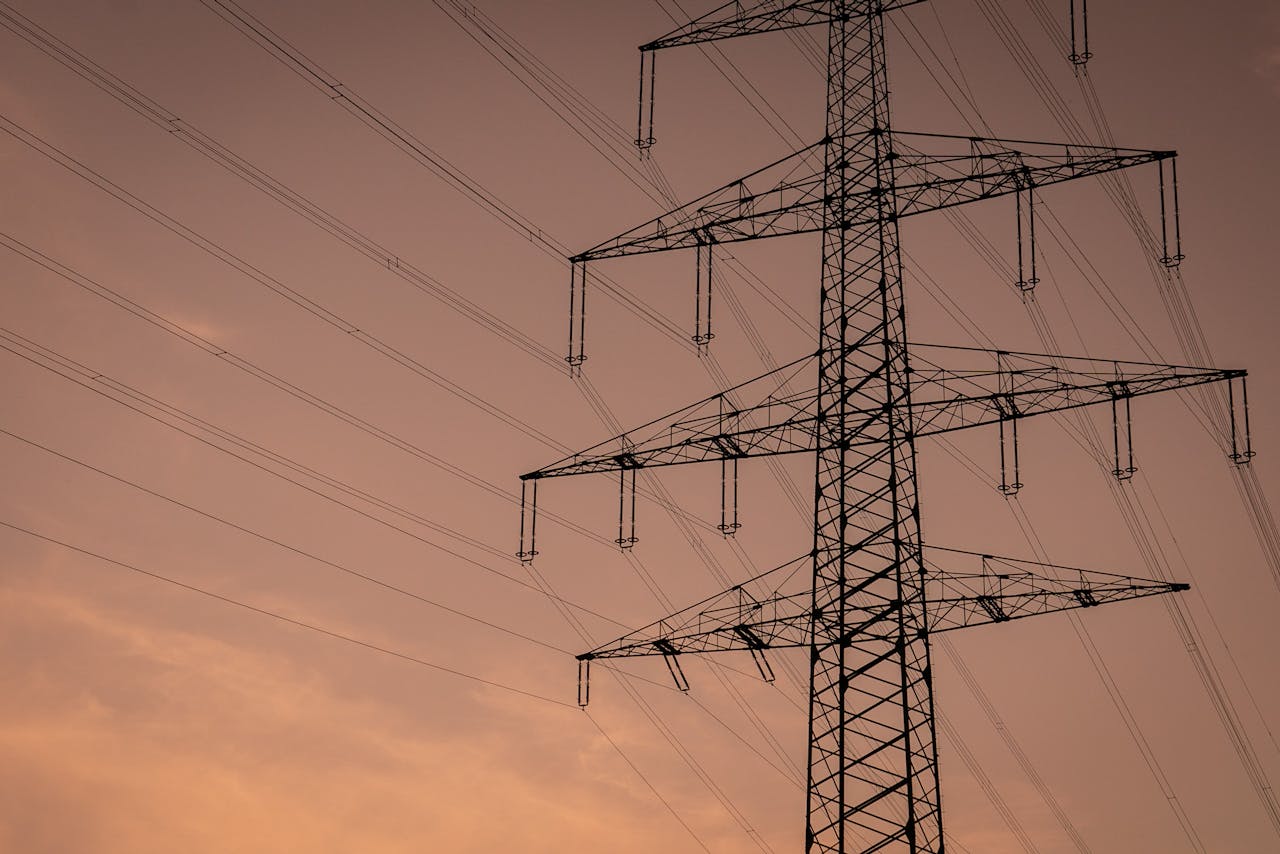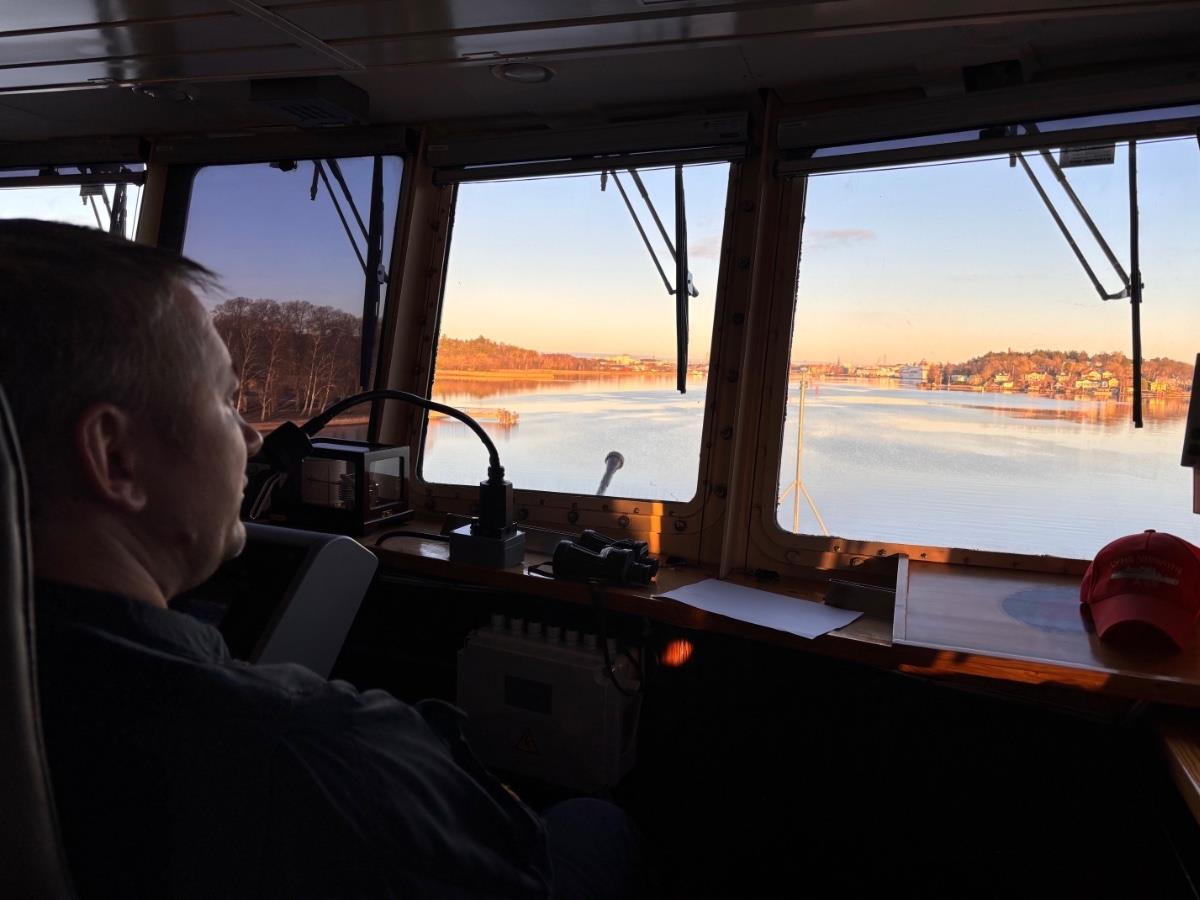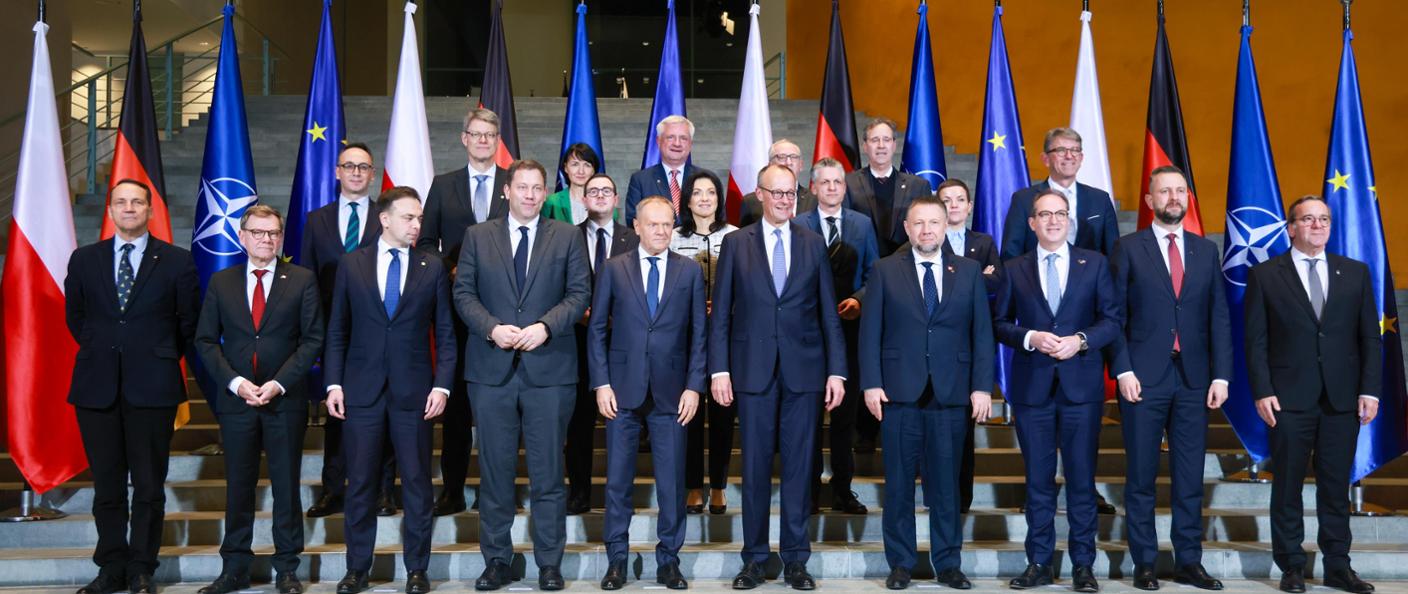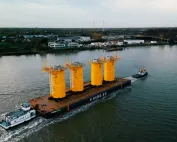- Expert-paper presented at the Conference of Energy Ministers in Warsaw
- Potential of 93 GW Offshore Capacity in the Baltic Sea Basins
- Questions of safety and protection of maritime infrastructure play a vital role
13 May 2025 – Warsaw – The Transmission System Operators (TSOs) of eight countries bordering the Baltic Sea have jointly published an expert-paper on increased cross-border cooperation in the field of offshore wind energy and the associated electricity transmission grid infrastructure. They presented this strategic guideline yesterday at the minister meeting of the Baltic Energy Market Interconnection Plan (BEMIP) in Warsaw at the invitation of Polish Energy Minister Paulina Hennig-Kloska and Danish EU-Commissioner for Energy and Buildings, Dan Jorgensen.
The goal of the cooperation between the electricity grid operators from Denmark, Estonia, Finland, Germany, Latvia, Lithuania, Poland and Sweden – the so called “Baltic Offshore Grid Initiative” (BOGI) – is to develop a joint roadmap to generate more offshore wind energy in the Baltic Sea and to make it available to the respective markets as efficiently as possible. Questions of safety and protection of the maritime infrastructure play a vital role in this paper. Given the increasing number of expected offshore wind projects the Baltic Sea region could become more attractive for industrial investments into manufacturing sites and has the potential to generate a lot of jobs across the value chain.
The potential for energy generation in the Baltic Sea is around 93 GW compared to less than 5 GW installed capacity today. The regulatory and economic prerequisites are still lacking to jointly tap this potential for a strong Europe. The expert-paper is intended to provide an impetus.
The expert-paper is based on the Vilnius Declaration which was signed by the governments of the Baltic Sea Region on 10 April 2024 and which was linked to a clear mandate for the TSOs to strengthen regional cooperation. At that time, the Baltic Sea countries had set an offshore capacity of 26.7 gigawatts by 2030 as a target, and almost 45 gigawatts by 2040. In the expert-paper, the TSOs analyse the potential for a number of electricity connections between EU member states and illustrate these options in a Baltic Sea Grid Map. These options include point-to-point interconnectors, i.e. cross-border power lines, so-called hybrid interconnectors involving offshore wind farms between two or more countries, and also cross-border radial connections, in which wind farms in the territorial waters of one state are connected to the power grid of another state.
The expert-paper also examines whether the planned offshore wind farms may have wake effects and thus a loss of performance, how significant financing requirements can be secured with a fair cost-benefit share in view of rising project costs, and how bottlenecks in supply chains can be jointly mitigated through standardisation and coordinated scheduling, among other things. Against this background, the TSOs propose a whole range of measures, including regional planning more closely coordinated between the states and the
TSOs along the lines of the Nordel Master Plan, the mobilisation of private investors and targeted EU funding for projects.
The eight TSOs of the Baltic Sea are 50Hertz (Germany), AST (Latvia), elering (Estonia), Energinet (Denmark), Fingrid (Finland), Litgrid (Lithuania), PSE (Poland) and Svenska Kraftnät (Sweden).
Source: 50Hertz

.png)













